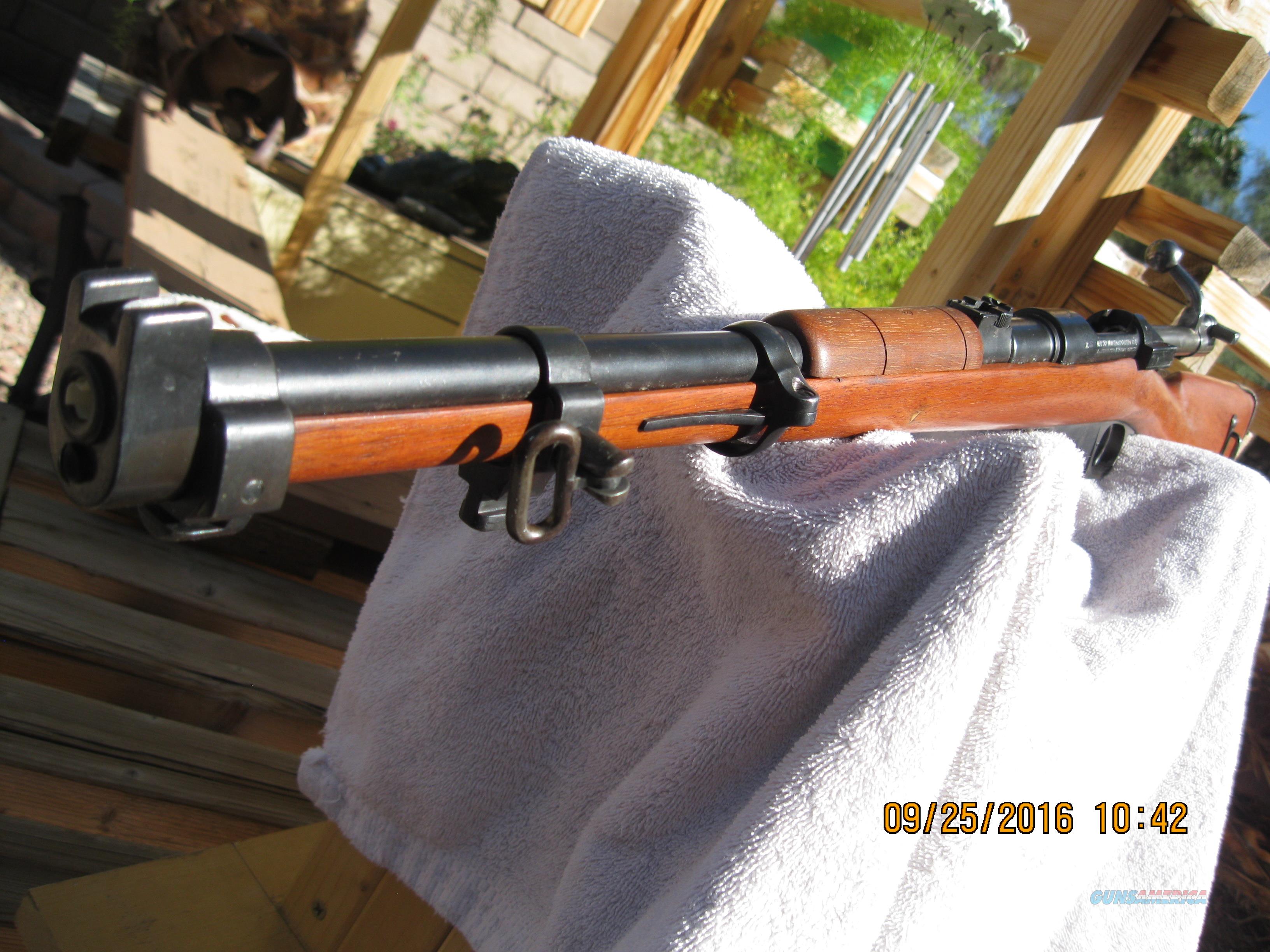

(the owners of Mauser) and the Belgian State arms factory at Liege formed a new syndicate, known as Fabrique Nationale d'Armes de Guerre (now known universally as "FN") to manufacture the new rifle.

Due to the fact that the Mauser works were running nearly at capacity supplying the Turks, Ludwig Loewe & Co. 88 in every way, and shopped it to the Belgians. Mauser, feeling snubbed, set to work designing a rifle that eclipsed the Gew. 1888 "Commission Rifle", so called because it was designed by a committee, rather than any independent factory. The Germans responded by fielding the Gew. 1886 Lebel by the French had, almost overnight, obsoleted every other military rifle in the world. The late 19th Century was witness to a frantic global arms race the introduction of the Mle. 71 Vetterli: A 19th Century assault rifle. Argentine Mauser Modelo 1891: The last antique rifle.Fabrique Nationale SAFN-49: The proto-FAL.Martini-Henry Mark III: The Arm of Empire.Filipino blacksmith revolver: Fruit of a ban.Mannlicher-Schoenauer M1903/14: Revolutionary rotary.Remington Model 11: A very belligerent fowling piece.Modified Belgian model 1889/36 short rifles also were made without barrel jackets. Belgian carbines had tubular barrel jackets, while Argentinean carbines had no jackets and full-length stocks that covered entire barrel up to the muzzle. There were several patterns of carbines, based on the same basic design but made with shorter barrels and barrel jackets. Bayonet mount is provided near the muzzle. Argentinean and Turkish Mausers of this type had no barrel jacket, and featured wooden handguards.

Like some other contemporary rifles, Belgian Mauser is equipped with tubular barrel jacket. Magazine catch is located inside the trigger guard. Magazine assembly is separated from trigger guard, and can be easily removed from rifle for maintenance or replacement. Magazine can be loaded through the opening at the top of receiver, using single rounds or 5-round stripper clips. Box magazine holds five rounds of ammunition in single stack, and has feed lips made of spring steel. Its bolt has dual locking lugs at the front, with claw extractor inletted into bolt head and blade-type fixed ejector set into the receiver. Mauser model 1889 rifle is a manually operated rotary bolt action rifle. During 1930s, at least some of Belgian M1889 Mausers were converted into Model 1889/36 short rifles, which were destined for Civil Guard use. Argentinean pattern rifles also were adopted by several other South American countries, like Colombia, Ecuador or Peru. Turkish rifles were made by Mauser as a continuation of earlier contracts, and Argentinean rifles were initially made by Ludwig Loewe and later by DWM. Turkish and Argentinean Mausers of this pattern were produced in Germany. During WW1, Belgian Mauser M1889 rifles were produced for Belgian government in exile by Hopkins & Allen in USA and in Birmingham (UK) by a factory manned mostly by exile Belgian workforce from FN. Belgian-issue rifles were manufactured in Belgium by private factory Fabrique Nationale (FN in short, which was founded especially to manufacture these rifles) and by State arms factories ( Manufacture D’Armes De L Etat or MAE in short). It was rejected by German authorities but was adopted by Belgium in 1889, Turkey in 1890 and Argentine in 1891.

The Mauser model 1889 rifle, also known as Belgian Mauser, was the first rifle from the famous German arms-making factory Mauser Werke to fire small-bore, smokeless powder ammunition. Mauser model 98 (Germany) / 1889 Belgian Mauser, 1891 Argentine Mauser, 1890 Turkish Mauser


 0 kommentar(er)
0 kommentar(er)
